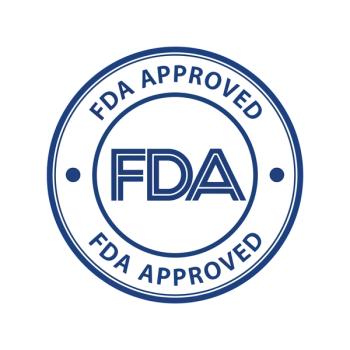
Factors Affecting Patient Selection for AML Therapies
Bernard Marini, PharmD, BCOP, gives an overview of selecting the most effective, safest, and most cost-effective acute myeloid leukemia treatments for patients.
Bernard Marini, PharmD, BCOP, gives an overview of selecting the most effective, safest, and most cost-effective acute myeloid leukemia treatments for patients.
Transcript
In AML we have a better understanding of the molecular pathogenesis and what mutations occur, and so with patients with FLT3, ITD or TKD mutations, various FLT3 inhibitors might be appropriate. Patients who have IDH mutations respond to these IDH inhibitors, but also have an exquisite sensitivity to venetoclax and so that might be an option for those patients. And in patients with secondary AML, they benefit from hypomethylating agent-based strategies with venetoclax, they may also benefit from high-dose cytarabine-based strategies, like FLAG [fludarabine, high-dose cytarabine, G-CSF] and CLAG [cladribine, cytarabine, granulocyte colony-stimulating factor], which are more traditional chemotherapy options but are cheaper alternatives than some therapies, like Vyxeos or CPX-351. So it’s a way for hospital to employ oncologic stewardship and employ the most effective, safest, and most cost-effective therapies for our patients.
Newsletter
Stay informed on drug updates, treatment guidelines, and pharmacy practice trends—subscribe to Pharmacy Times for weekly clinical insights.












































































































































































































